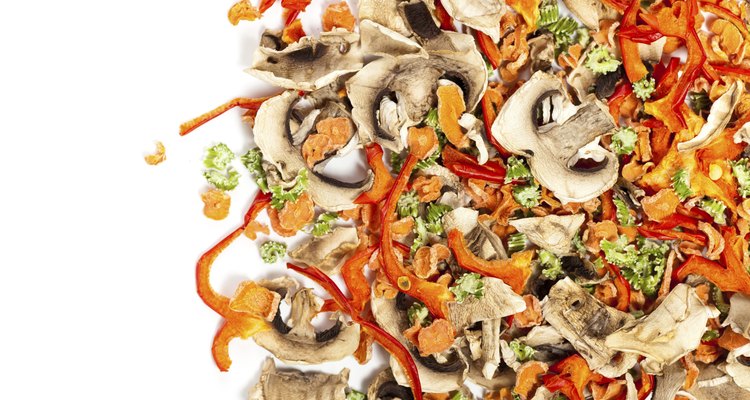
alisafarov/iStock/Getty Images
According to USA Emergency Supply, improved food dehydration methods make it possible to have dehydrated vegetables containing a mere 2 to 3 percent moisture. This gives them a crispy texture and makes them extremely light weight. The volume for some dehydrated vegetables is reduced up to three and one-half times, so they really save space. There is no waste with dehydrated vegetables; only edible pieces of vegetables are prepared and dehydrated. Very simple cooking methods will restore volume and texture to dehydrated vegetables. Although they may appear shriveled in the package, the vegetable pieces return to their original shape after they have been rehydrated.
Rehydrate with water
The only thing necessary to restore dehydrated vegetables is water. To rehydrate them, simply soak them in cold water for several hours or overnight. If you use the cold water method, the vegetables should be placed in the refrigerator while they soak for food safety reasons. A faster method of rehydrating the vegetables is to pour boiling water over them and allow them to soak for one to two hours. The soaking liquid contains nutrients and flavor, so save it to use in cooking.
Not all vegetables will have suitable texture or flavor simply from soaking them. For peak flavor, simmer the rehydrated vegetable pieces and add butter, salt and pepper to taste.
Reydrate with Bouillon or Juice
Add a burst of flavor as you rehydrate vegetables by using bouillon or vegetable juice instead of water. RecipeSecrets.net recommends using these liquids just as you would use water, either cold or hot. If it is necessary to soak the vegetables for more than two hours, move them to the refrigerator.
Direct Use
Harmony House Foods suggests using dried vegetables straight from the package in soups, stews, or casseroles. To adapt a regular recipe to use dehydrated vegetables directly from the package, measure the amount of liquid necessary to completely reconstitute the vegetables, and add that liquid with the dried vegetable pieces in addition to any other liquid in the recipe.
Corn
Although it requires more soak time than some other vegetables, rehydrated corn returns to a near-fresh state both in flavor and appearance. For tasty sweet corn from dehydrated, boil 4 cups water and add 1 cup dehydrated sweet corn; allow to soak for about 20 minutes. Simmer the corn for 30 to 60 minutes, or until it becomes tender. Add seasonings to taste.
Potatoes
Dehydrated potatoes are commonly available as flakes, for making mashed potatoes. Flakes are also handy to thicken soup or stew. Dehydrated sliced potatoes and hash brown shreds can be used in soup or stew, or rehydrate them and bake them as scalloped potatoes. To fry dehydrated potatoes, RecipeSecrets.net suggests soaking potato slices or shreds in boiling water until they are rehydrated. Drain well, and fry the potato pieces as if they were fresh.
Powders
Make your own vegetable powders by grinding dehydrated vegetable pieces in a food mill or blender. Use vegetable powders as flavorings, or add them as thickeners for soup and stew. Create your own instant soup mix from vegetable powders. RecipeSecrets.net describes dried instant soup mix made by combining 1 Tbsp. vegetable powder with 1/4 cup powdered milk. Add 3/4 cup boiling water and stir. Thicken this soup mix by adding potato flakes as desired.
Tomato powder can be reconstituted to different textures for different purposes. Make it very thick to use as tomato paste, add more water to make tomato sauce, or even more water for tomato juice consistency. Blend dried herbs into tomato powder to make pizza or spaghetti sauce powder.
Related Articles

How to Keep Peeled Vegetables From ...

Difference Between Powdered Vegetables ...

How to Cook With Freeze-Dried Vegetables
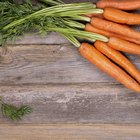
How to Freeze Carrots & Turnips

How to Dehydrate Vegetable Chips

How to Soak Porcini Mushrooms
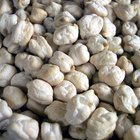
How to Freeze Garbanzo Beans
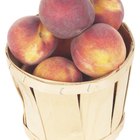
How to Puree Peaches
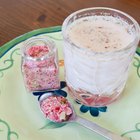
How to Make a Sweet Saunf Mixture at ...

How Do I Freeze Homemade Hash Browns?
Can I Freeze Cubed Root Vegetables?

How to Preserve Rutabagas

How Can I Preserve Peaches Without ...

Can You Freeze Cut Carrots, Broccoli & ...

How to Freeze Mangetout Vegetables
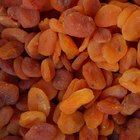
Can Dried Fruit Be Frozen?

How to Make Cream Soup With Potato ...
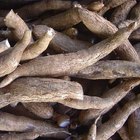
How to Cook Yucca Root

How to Freeze Chunks of Butternut Squash

Do Potatoes Go Bad When They Freeze?
References
- USA Emergency Supply: All About Dehydrated Vegetables
- RecipeSecrets.net: Using Dried Vegetables, Recipes
- “New Concepts in Dehydrated Food Cookery”; Barbara Densley; 1993
Resources
Writer Bio
Fern Fischer's print and online work has appeared in publications such as Midwest Gardening, Dolls, Workbasket, Quilts for Today and Cooking Fresh. With a broader focus on organic gardening, health, rural lifestyle, home and family articles, she specializes in topics involving antique and modern quilting, sewing and needlework techniques.
Photo Credits
alisafarov/iStock/Getty Images